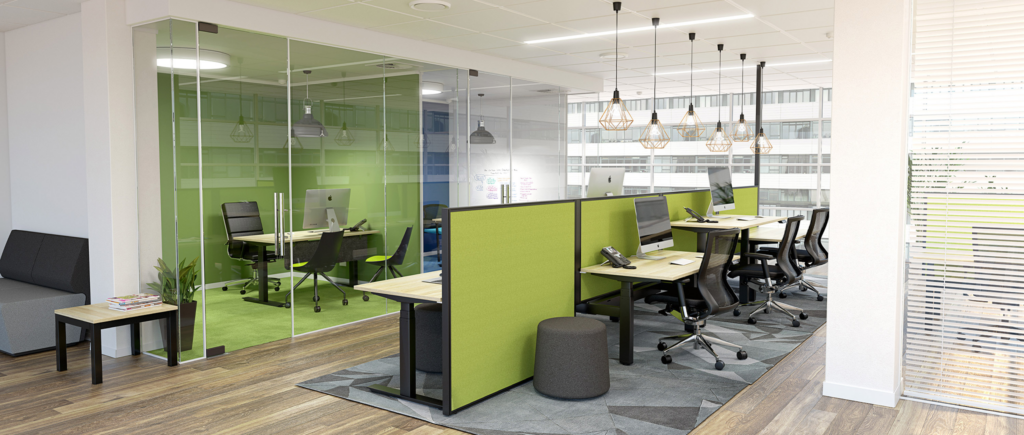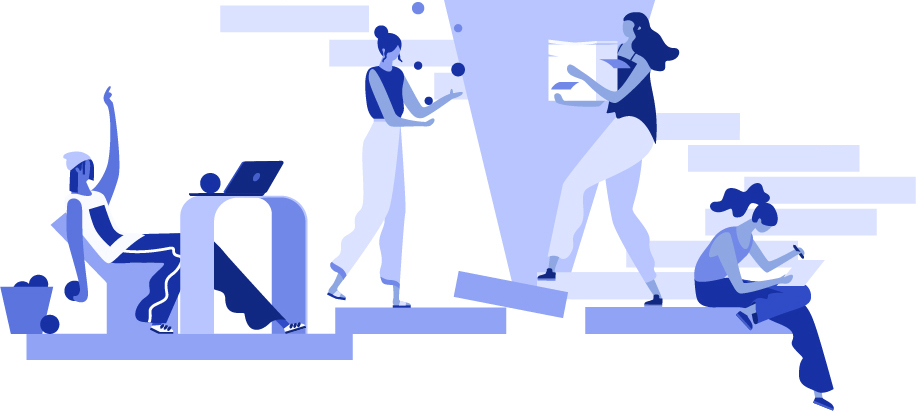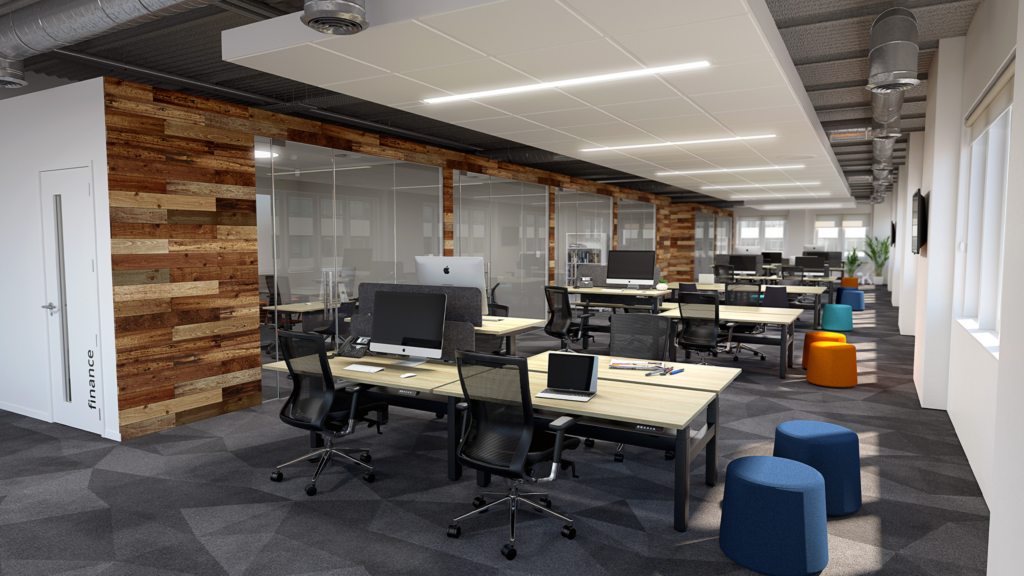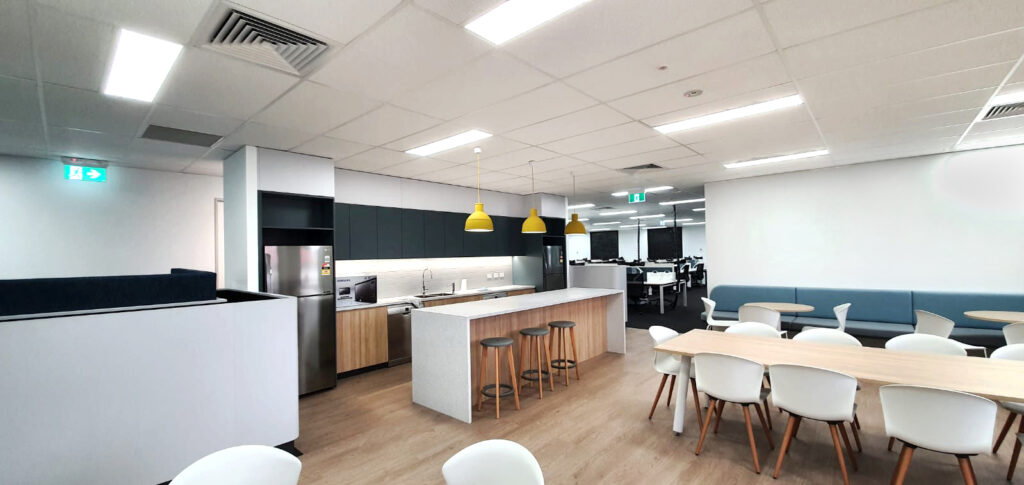Office Vision aims to bring the latest insights and knowledge of how your business operates to designing your Workplace Transformation.
We’ve also looked at how working from home and the Pandemic have created challenges for business, but also yielded valuable insights in today’s typical working day and how the modern office can be built.

Presenteeism, The Evolving Workplace and ‘Agile’
Recent studies of the US workforce have shown that rates of staff attrition and unproductivity are significantly higher in offices where there is a culture of ‘Presenteeism’. This is a term that refers to workplace cultures where staff are clocking hours much higher than their contracted commitment or ‘presenting’ at the office despite poor health, challenging personal circumstances, or when work can be completed at home where employees can structure their working day and remain productive. Three quarters of employees in the same studies report either matching or exceeding their pre-Covid productivity while working from home. Taking these radical insights and current circumstances into consideration, directors and business developers are now faced with making decisions about the function and importance of their workplaces.
Considering the problems of presenteeism, as well as the challenges of stopping the spread of Covid-19 in our clients’ offices, constructing the right Workplace Transformations (bespoke office fit-out builds) for our clients requires a fresh and clever Workplace Strategy. ‘Agile’ working, an emerging idea in interior office design, addresses these problems by allowing employees to work from home when they can and allocating time and resources at the office for tasks where the office is best utilised.

What is Agile?
Agile is not the end of the Office
Agile does place a lot of focus on moving work in to employees’ homes, however it does not discourage positive aspects of workplace and the potential that physical offices have for boosting workplace culture and productivity. Rather, it is a close audit of what makes the workplace essential in the modern age and a vote of confidence in the capacity of employees to use their time effectively, while not being forced to fill an arbitrarily set number of supervised hours in the office.
Agile working reorganises how offices categorise time
An Agile working day would be designed in to hours where staff are ‘available’ or ‘unavailable’. In other words, staff would allocate time towards individual focus work and research where they are ‘unavailable’ to other employees. Agreed time could then be set aside where staff can be ‘available’ perform work where being physically present is essential and the office facility can be best utilized – problem solving, brainstorming, community building. Employees, under this kind of regime, self-manage their working schedules in line with the needs of the team and have little-to-no mandated commitments outside timely and satisfactory completion of their work.
Agile makes the Office an Asset
Finally, and most critically, far from being a destination where employees show-up for visibility and to prove commitment, an Agile office becomes an asset for revenue generation that directors can finely tune to add value to the business and boost the creative capacity of the team. Space previously allocated to desks used for individual ‘focus work’ can be re-allocated to amenities that make the office an attractive venue for employees to use. Hospitality amenities, recreational areas and resources for field education are among the drawcards that both attract new talent to the team and keep staff enriched while on site. These kinds of offices keep people motivated to engage their colleagues in the type of work that makes the physical office an essential resource in the success of the business.
Key Learnings
- Employees can work meet and exceed their usual productivity while working from home
- ‘Presenteeism’ – being at the office when we shouldn’t, or don’t need to be, damages productivity
- The modern office can be re-modelled and utilised as an asset and tool for revenue-generation
Questions for Directors
- How are staff using their office?
- Is space, time and equipment being over-allocated to specific tasks?

Want to know more?
Our team has grown to include more Designers and Project Managers – professionals with the ideas and skillsets that can tailor a Workplace Strategy that will get the most of the time your employees spend at the office.
They can help with any questions and queries about your new office fit out – visit our FAQ page; leave us a message in the Contact page, or call us at the office on 1300 886 658.


